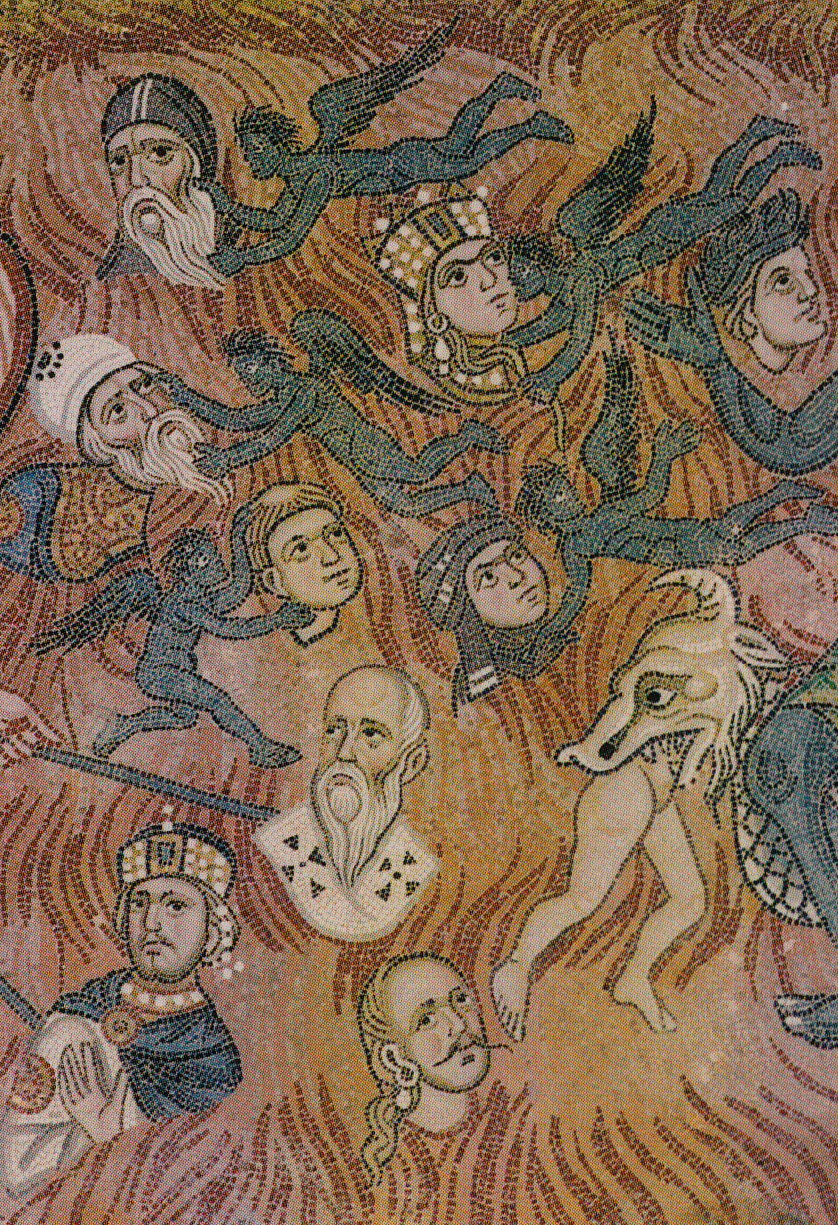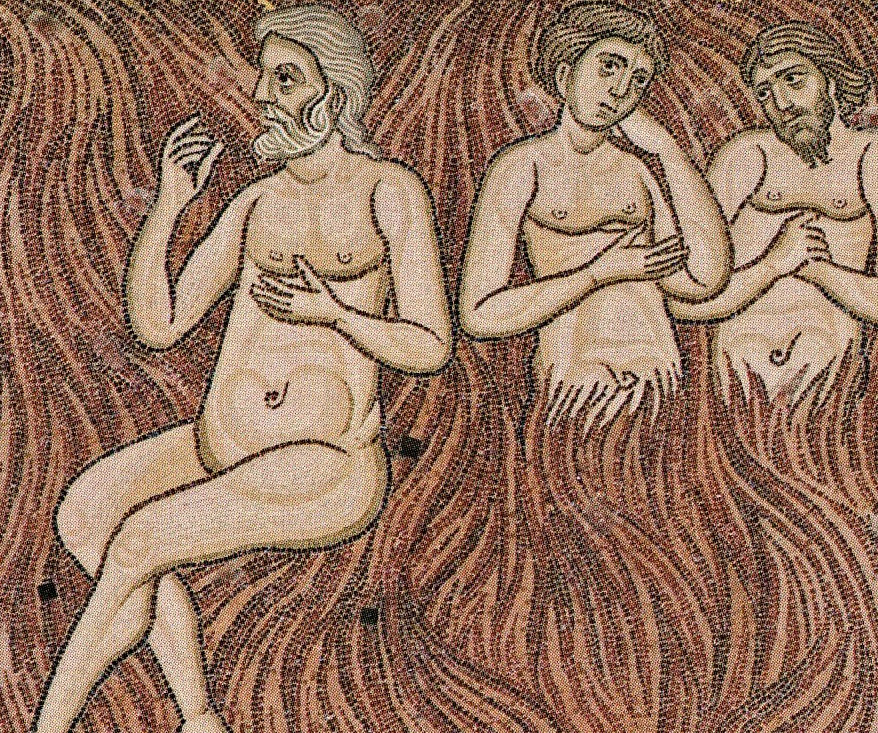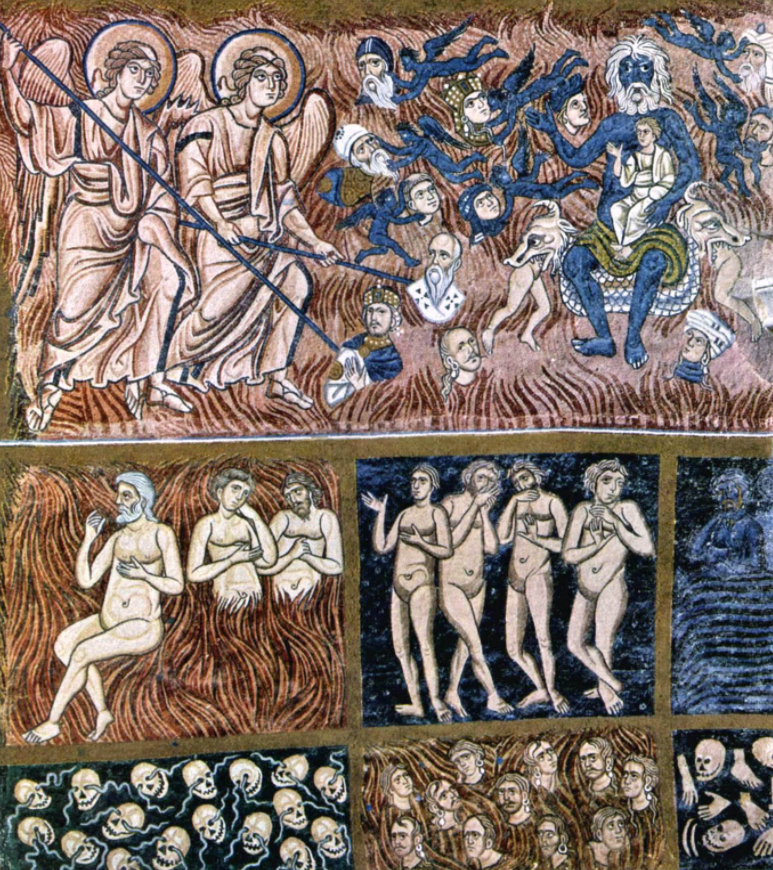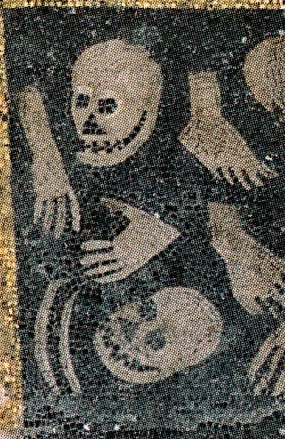TORCELLO,
the original mainland refuge in the lagoon, lies seven miles north of present-day Venice. When Attila died after failing to conquer Rome, the Byzantine Emperor — ruling the eastern Roman empire from Constantinople— reasserted his sovereignty over the lagoon and Adriatic coast, ruling by proxy from a regional capital in Ravenna, 90 miles south of Venice.
The Church of Santa Maria Assunta was built by the mainland refugees on the island of Torcello. An inscription found in the church is the earliest documentary evidence of Byzantine rule over the lagoon. It records that in the 29th year of the reign of Emperor Heraclius — 639 AD — this church was founded on the order of Byzantine Exarch Isaac as a memorial to his achievements and those of his army.
“[Santa Maria Assunta] has evidently been built by men in flight and distress, who sought in the hurried erection of their island church such a shelter for their earnest and sorrowful worship as, on the one hand, could not attract the eyes of their enemies by its splendor, and yet, on the other, might not awaken too bitter feelings by its contrast with the churches which they had seen destroyed.”
The carved marble capital (above left) and the mosaic work (above right) typify the highest levels of Byzantine-Venetian art. The mosaic Virgin faces the “Last Judgment” mosaic across the nave (see below)
“The Last Judgment” vividly pictures the bliss of the saved in contrast to the torments of the damned.






It is to these images on Torcello that Pierluigi, the fish vendor, takes Nico, to impress upon him the wages of sin.




